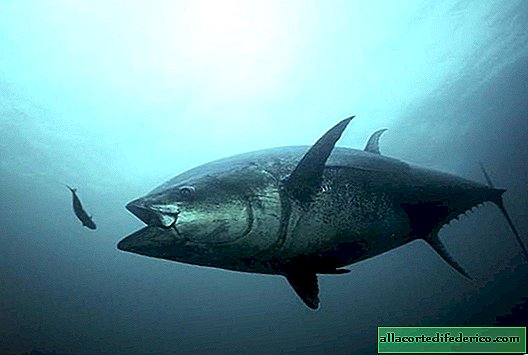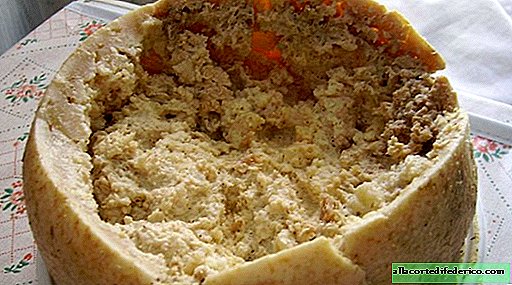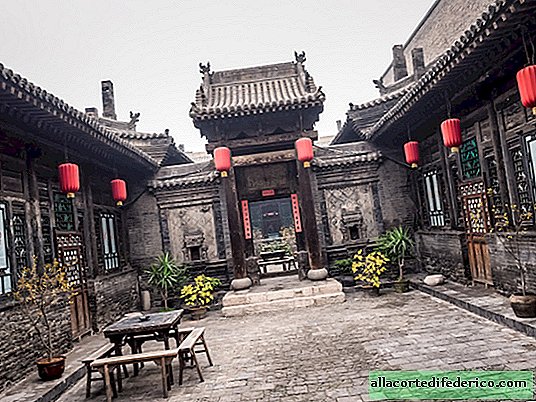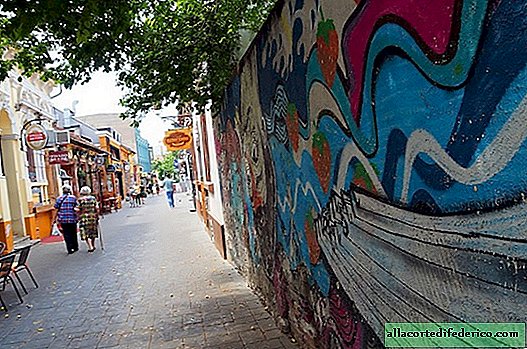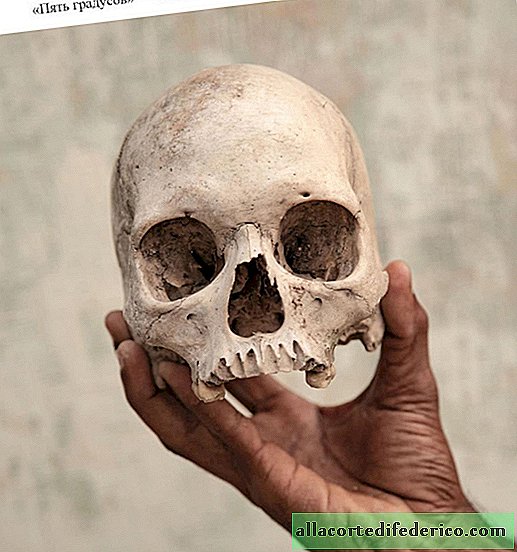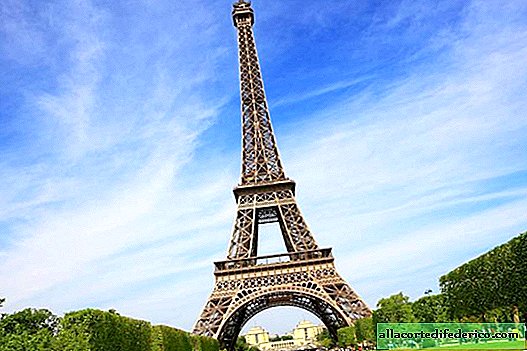They don’t argue about tastes: why the Japanese painted their teeth black
An unusual tradition of blackening of teeth has existed in Japan since ancient times, at least from the 5th century, and in the ancient Chinese treatise on the Japanese islands is referred to as the "black-toothed land." In different historical periods, the custom of blackening of the teeth, or ohaguro, was unevenly distributed among representatives of Japanese society. But in one form or another, this unusual ritual survived to the 1920s.

According to the researchers, initially the tradition of blackening teeth was exclusively practical. By applying a special solution to the teeth, the Japanese thereby protected the enamel and prevented aging. As archaeological excavations show, the remains of the inhabitants of the Japanese archipelago, dating from the III-VI centuries of our era, already contain traces of the use of ohaguro.

The ochaguro mix consisted of a solution of iron and acetic acid, which was dark brown in color. To obtain it, it was necessary to lower the hot rod of iron into a mixture of water and sake and hold there for a week. To give black okhaguro, a special dye was added to the solution - an ingredient from the sumac plant. To achieve the best effect, the solution had to be applied daily, which was quite troublesome.
Until the 12th century, the Ohaguro tradition was widespread throughout all sections of Japanese society. Members of the imperial family, ministers of Buddhist temples and most ordinary Japanese resorted to blackening of teeth. But at the same time, the military did not use protective mixtures for teeth. Gradually, the okhaguro tradition acquired another meaning: young boys and girls blackened their teeth during the coming of age ceremony, thereby making it clear to those around them that they were ready for marriage.

In the period from about the 15th to the 17th century, ohaguro was used in a narrow circle of nobles and the imperial family. In addition to them, only young girls who were too early to get married enjoyed the okhaguro. After the 17th century, Japanese society lost interest in ohaguro. Its use was practiced by members of the imperial family, ladies of mature age and noble men. This custom was also common among geisha and yujo (female sex workers). Most Japanese have associated black teeth with old age.

In 1870, in the wake of the rejection of self-isolation and the turn of Japan to the Western world, a decree was issued prohibiting members of the imperial family and members of the upper strata of society from making okhaguro. Against this background, the rest of the population of the archipelago became less likely to resort to the traditional procedure, and by the 20s of the last century, the ohaguro had completely disappeared.
Today, the tradition of blackening teeth, which has existed for more than a thousand years, is present mainly in the field of traditional Japanese art. Actors of historical theaters, participants in religious rites, as well as geisha - these are the few who use ohaguro. But this is more a tribute to traditions than a ritual of protecting teeth.





